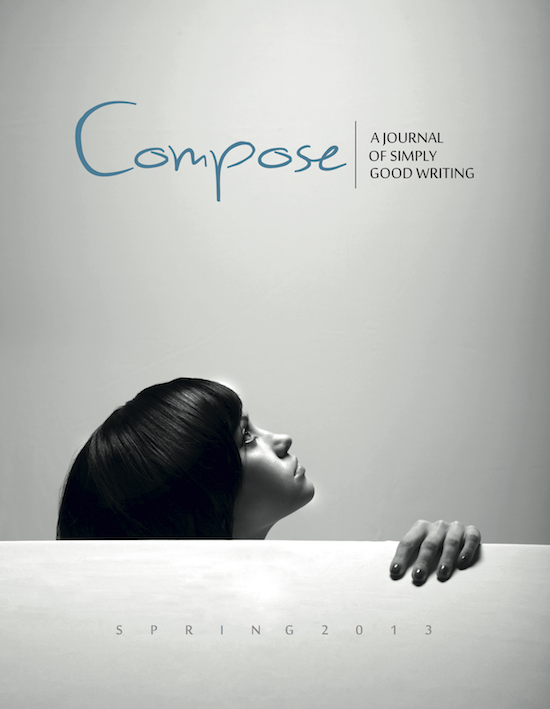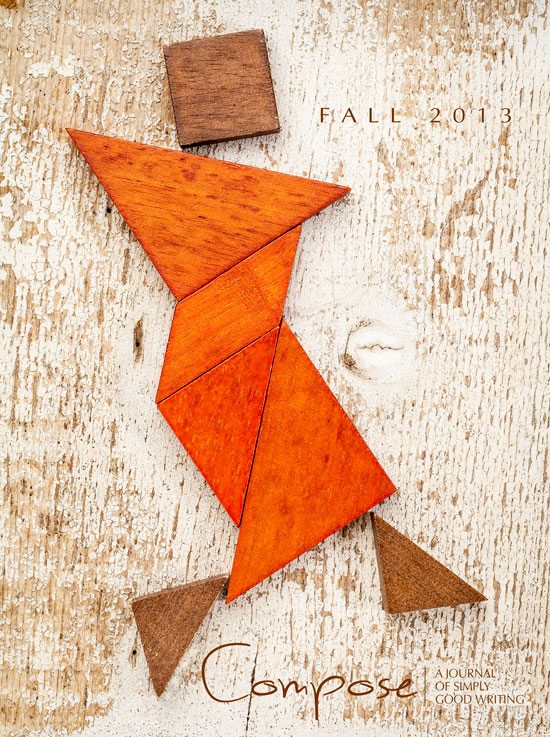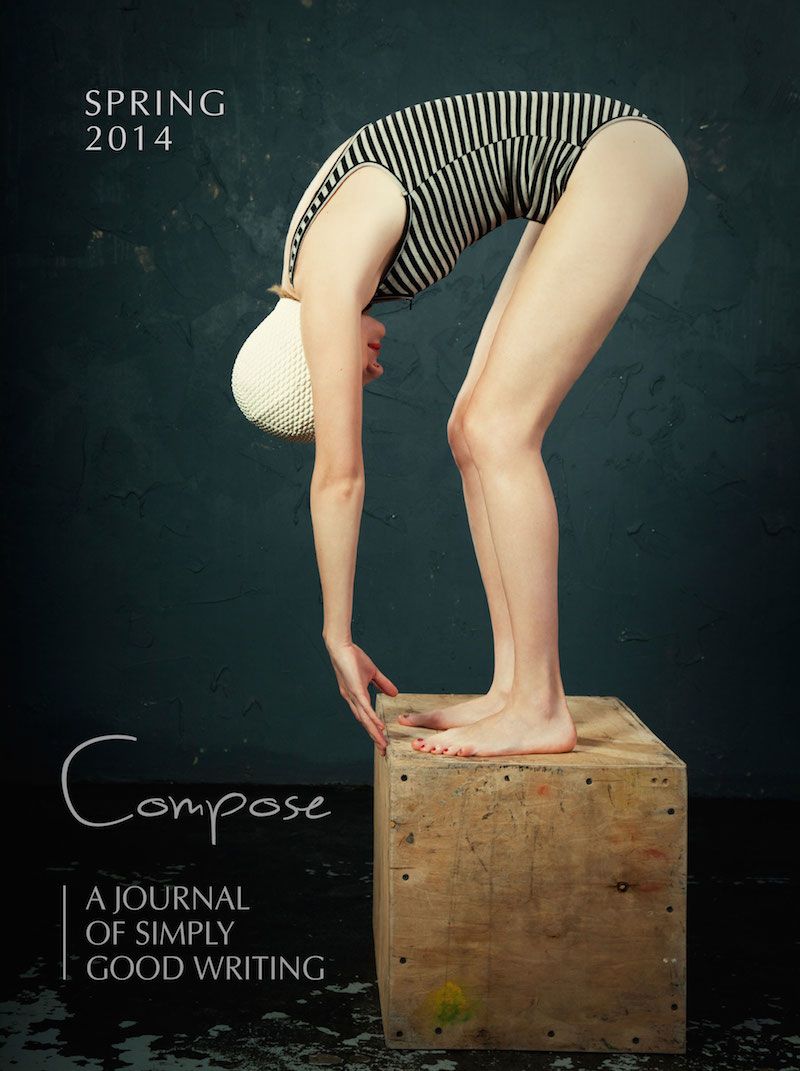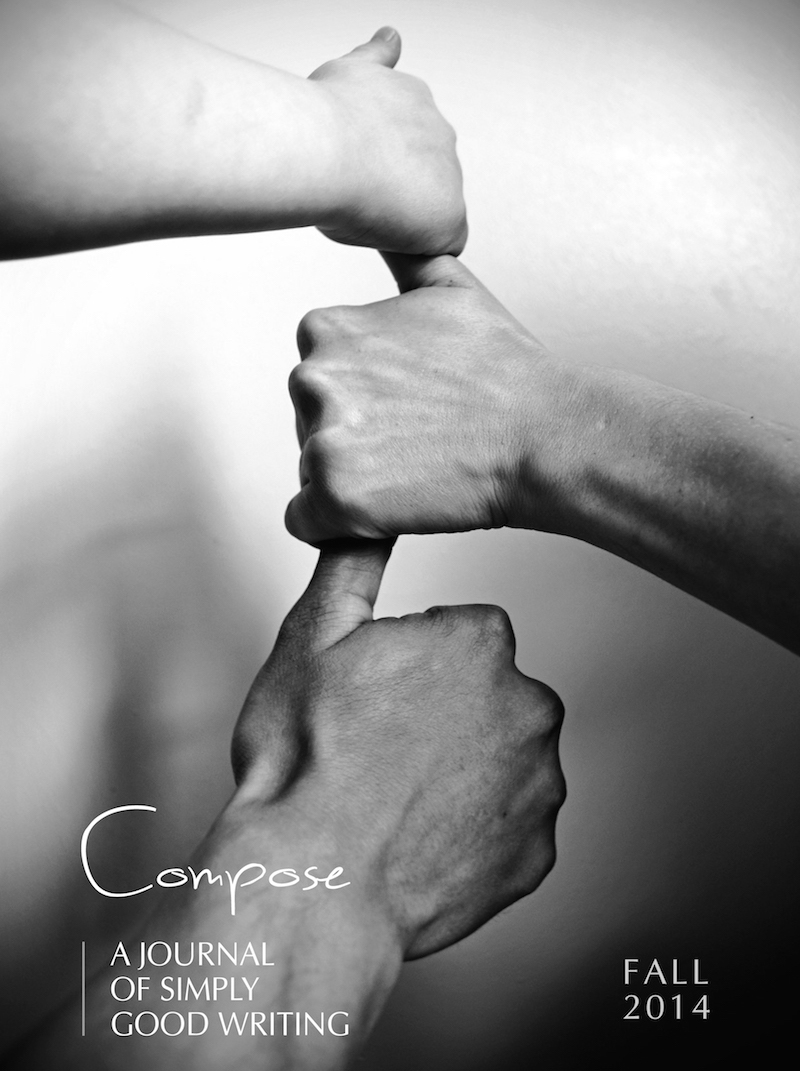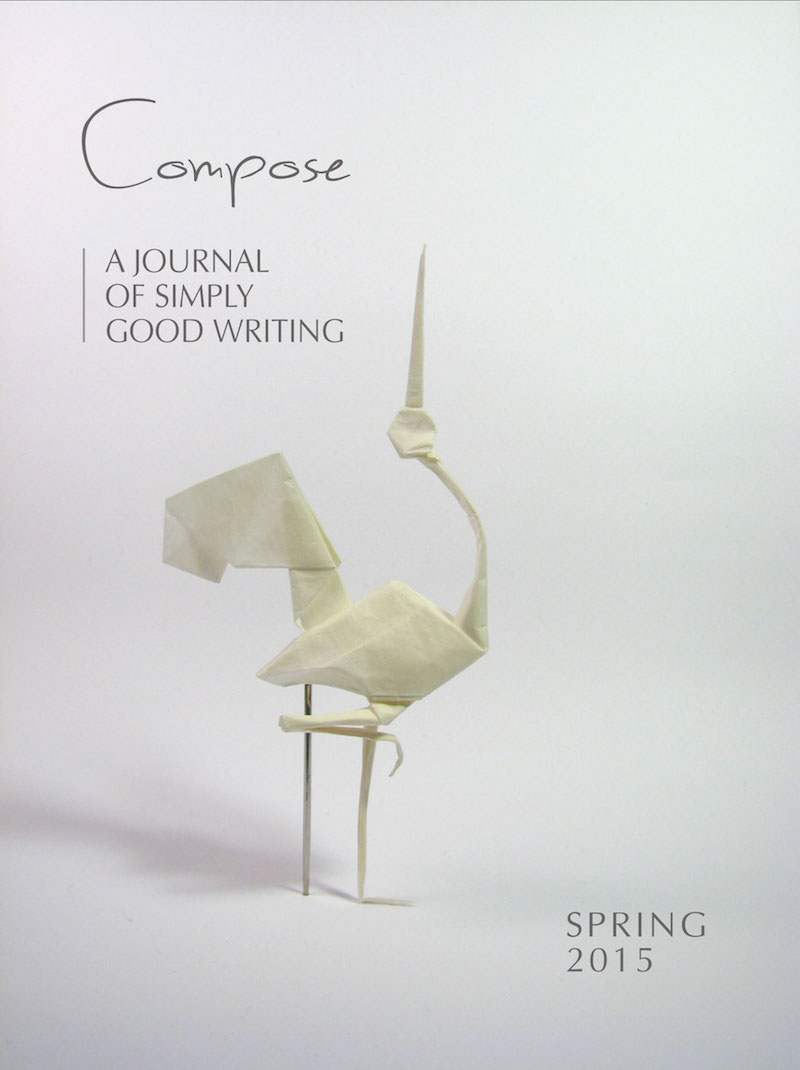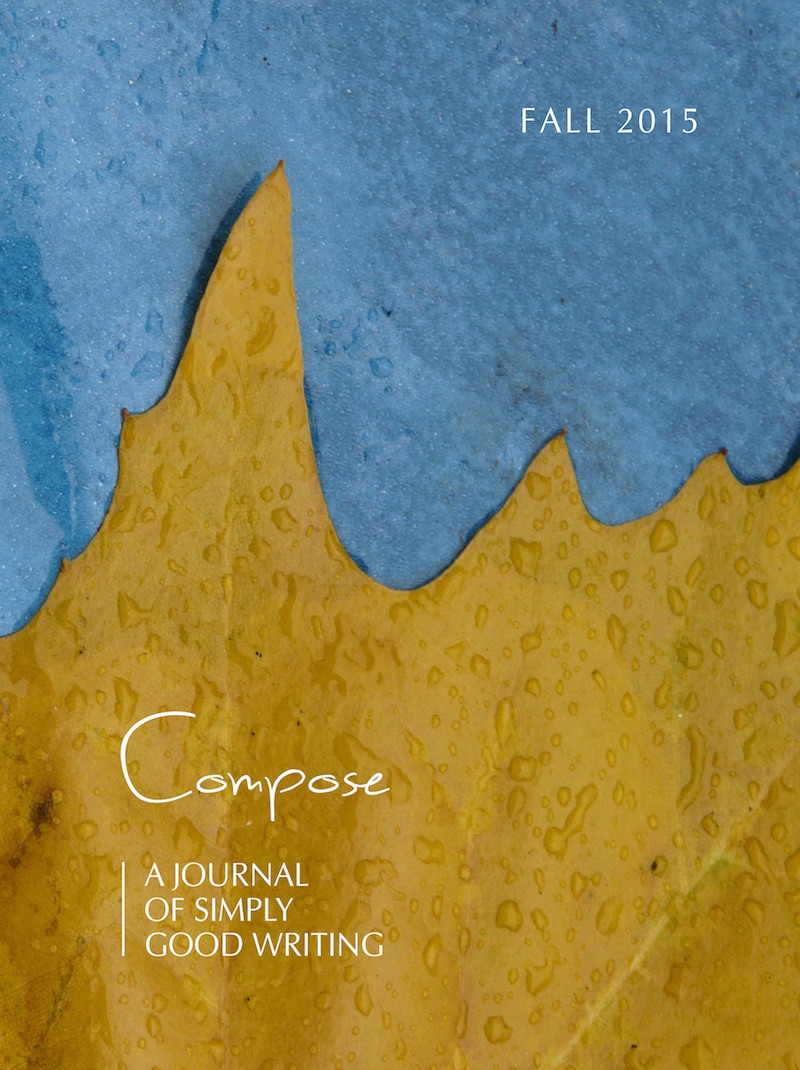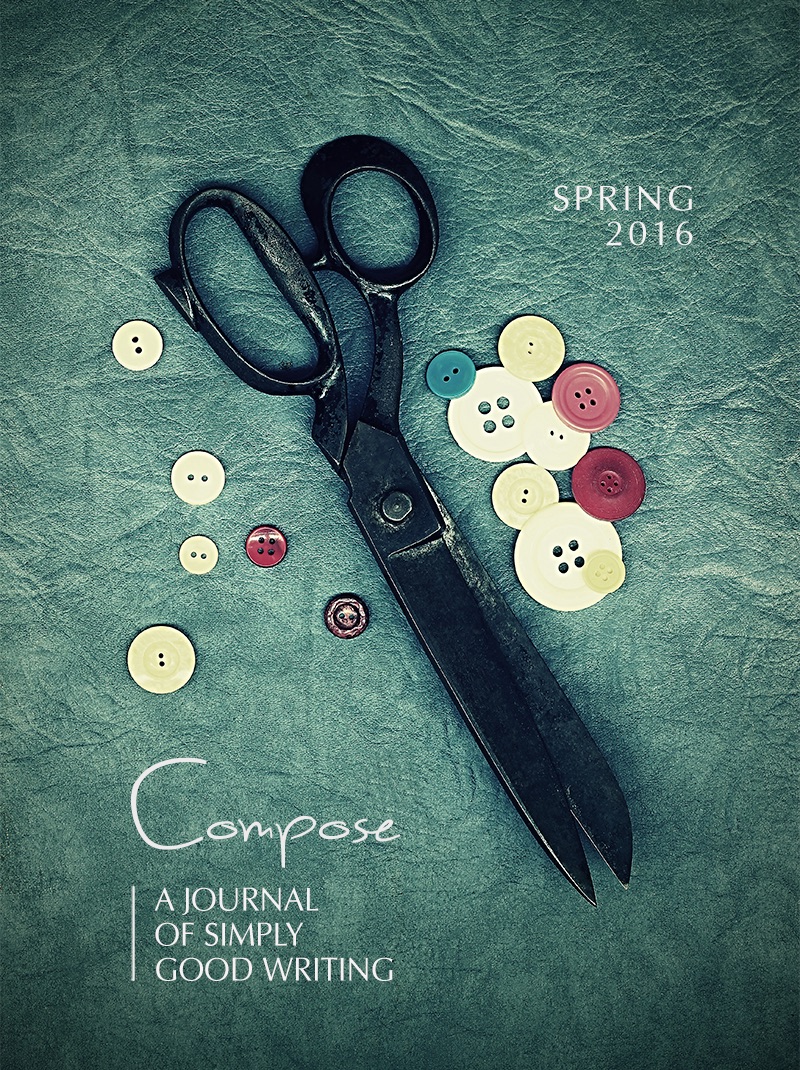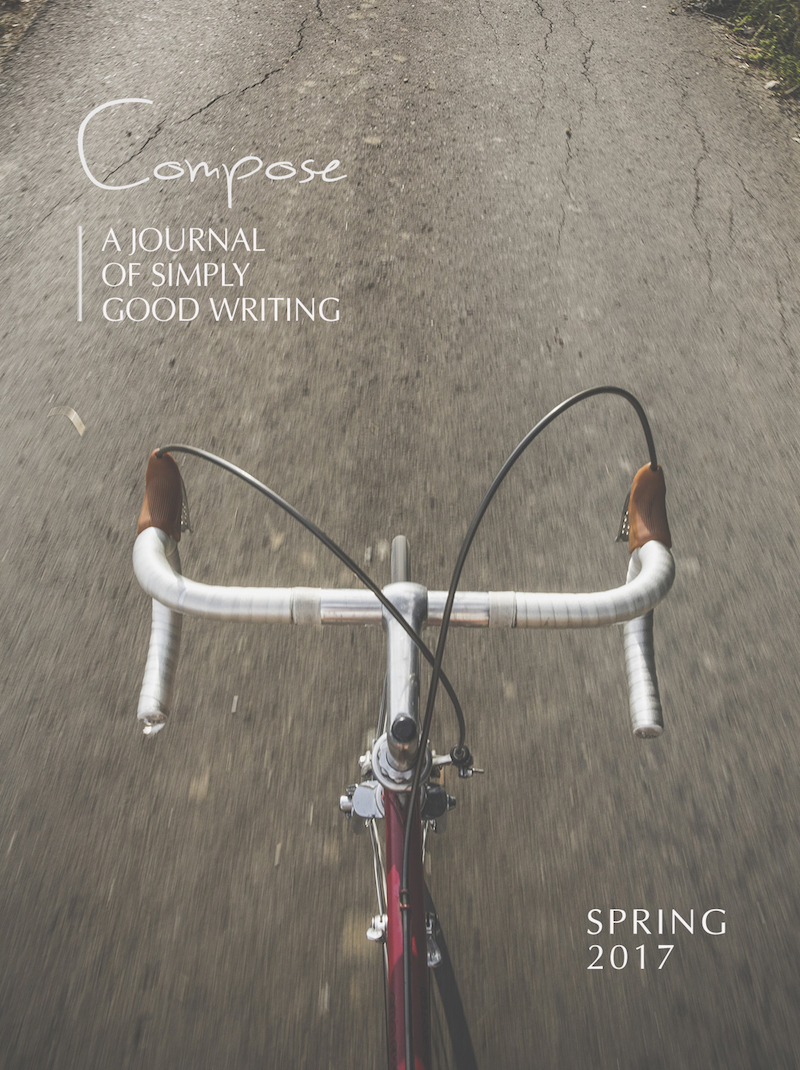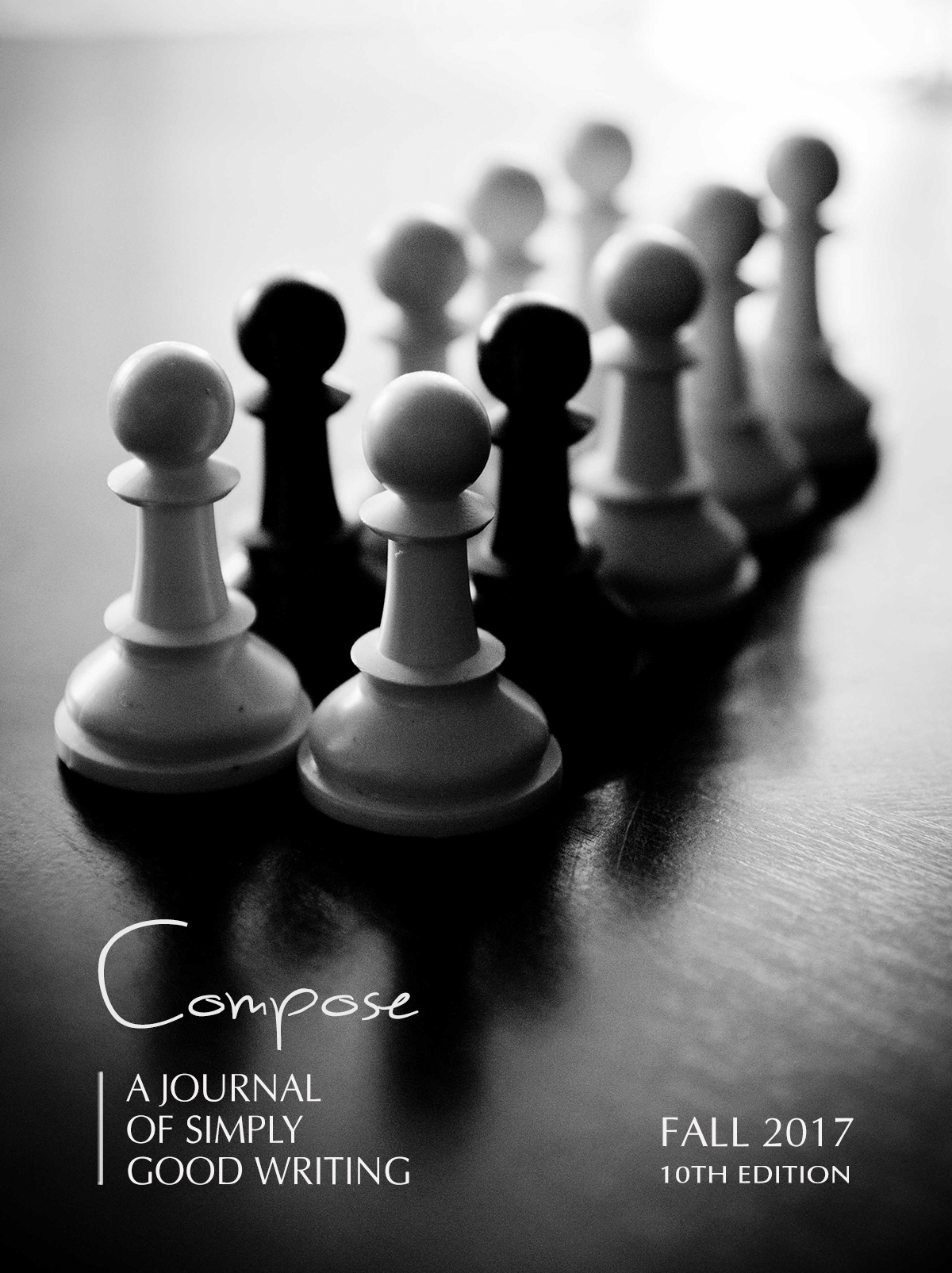A Closer Look at “Self-Portrait as Eve” by Debra Wierenga
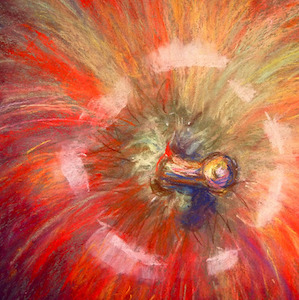
Editor’s Note: In “Is It Possible to Read Literary Magazines?” Daniel Wallace argues that providing significant commentary on every piece in a literary journal can enhance a reader’s enjoyment of the journal as a whole. Do you agree? Read Dawn Manning’s following commentary on Debra Wierenga’s poem “Self-Portrait as Eve,” and see for yourself how it affects your reading experience.
A Closer Look at “Self-Portrait as Eve”
Poetry by Debra Wierenga, excerpted from Marriage and Other Infidelities (Finishing Line Press, 2007) [1]
Commentary by Dawn Manning
How much can be said in fourteen lines? This is one of the questions that has driven poets to take up the sonnet form since Giacomo da Lentini (aka Jacopo Da Lentini) spun his 14-line loom in the 1200s. And with so many centuries of sonnets shaping our present, contemporary poets might rightly question what is left to be said in a sonnet, or how we can make such a well-trod form new and uniquely our own. But then, if you’re lucky, you encounter a poet like Debra Wierenga who has done exactly that.
In Marriage and Other Infidelities, Wierenga strings together 24 sonnets on marriage, family, and the multi-faceted identity of a woman working through the knots in a web of her own making. The opening poem, “Self-Portrait as Eve,” hums at first reading, and this reverberation only deepens upon a closer examination. Let’s take a look at this poem:
Self-Portrait as Eve
I never use a peeler. I prefer
the sweet frisson of a paring knife
chasing my thumb around an equator
of red-green globe. I’m a risk-starved wife,
peeling apples for a son who insists
on naked fruit. I eat a snakey coil of skin
and he says I’m disgusting, then kisses
me on the mouth.
I’d do it all again—
marry the man, carry the sons. I’d eat
the whole McIntosh, seeds and all.
But I keep an eye peeled for that serpent.
I’m yearning for another Fall
and watching for new fruit to grow—
there’s something else I need to know.
Wierenga uses the title to structure the meta-context of a persona within a persona: the speaker as embedded in the larger mythical self of the every-woman that is Eve. This isn’t simply Eve re-imagined in the modern world, but rather the speaker consciously making self-referential observations as Eve. That’s an amazing feat of alchemy in a spare four words.
The poem immediately plunges the reader into this voice, where my eye jumped to the white space spliced in at the end of the truncated first sentence that takes up a mere two-thirds of the first line. Before the knife is articulated at the end of the second line, the mind is already beginning to picture it—because what does Eve plus a peeler equal if not an apple? And if we are told it’s not a peeler, then what can cut white space into the skin but a knife, and more specifically, a paring knife? This is the parlor trick of framing a description as not something rather than simply stating what it is. The implied comparison of a peeler with a paring knife creates friction that underscores the “frisson” of the second line.
Those first two lines glide forward on their own rhythm of repetitions: first with the soft I’s and –er’s of the first line, then gaining in auditory insistence with the continuation of the p’s and f’’s in the most telling nouns and verbs from one line to the next. By lines three and four the Shakespearean rhyme-scheme [2] is clear, and Wierenga counter-balances the more exact rhymes like knife/wife with sinfully slanted pairings like prefer/equator and eat/serpent, which subtly signal the “Fall” the speaker is willfully heading for just around the bend.
What also marks this poem are Wierenga’s use of modifiers: the wife is not merely bored, but “risk-starved,” and the coils of apple skin are “snakey.” Throw in the illuminating specificity of “Macintosh” in line ten and the reader knows that this wife and this apple could belong to no other poem.
When I first saw this poem laid out on the page, I was cautiously optimistic to see how the dropped line would be utilized. My hopes were bolstered by the striking use of the short sentence to foreshadow the knife in the poem’s opening lines. Then smack-dab in the middle of line eight, we have the Fall visualized before it’s direct naming. The speaker’s admission that she’d “do it all again” implies that there have been consequences. The dropped line demonstrates that the Fall is inevitable—that this course has been set since the wedding day—and that it has in essence already happened because of the choices made that have led to the present. This drop occurs at the place where a Petrarchan sonnet would make its turn from opening argument or narrative to counterargument or answer, and as if her son’s kiss has woken her from a deep sleep, the pace of the poem seems to quicken as it crosses from the concrete world of simply peeling an apple to the speaker’s realization of how this moment connects to all that has come before and all that will happen after.
As suits this particular poem and such a revelation, one turn is not enough, and this poem winds its way like the sharp-turning serpent that’s been threatening to rear its head from the beginning. A second mini-swerve occurs in line eleven, where we see a tonal shift in the speaker’s weariness for the dangers to come, though she knows it is a price that must be paid. This is followed up immediately in line twelve by another shift, when she confesses that she desires rather than dreads the Fall. It seems that our speaker has been waiting for the other shoe (or apple) to drop so that she can get out of this rut and experience some new knowledge. Such a counter-intuitive claim lends power to the poem through its surprise.
This shift of the perspective within the shared mythological perspective of Eve cuts like a double-edged knife. Our hunger for the tantalizing apple that’s been just out of reach throughout the poem has been sated through the full realization of the symbolism readers expect rendered in an ‘Eve’ poem. But as with Eve, our eyes have only just opened to how deep our hunger is and what “new fruit” might be needed to satisfy it. And though an apple suffices for a time, we are left with a deeper yearning for something new, something more. Something forbidden.
___________________
[1] “Self-Portrait as Eve,” excerpted from Marriage and Other Infidelities (Finishing Line Press, 2007, New Women’s Voices Series, No. 52). ISBN: 978-1-59924-125-8
[2] Though a strict Shakespearean sonnet is split into three quatrains and a final couplet, the rhyme scheme of abab cdcd efef gg is utilized here, marking the sonnet as Shakespearean.
About Debra Wierenga

Debra Wierenga’s chapbook, Marriage and Other Infidelities, is available from Amazon.com. Her poems have appeared in Nimrod, Measure, The Literary Review, and other journals. Her work has also appeared in Verse Daily and American Life in Poetry. She lives in Michigan.


